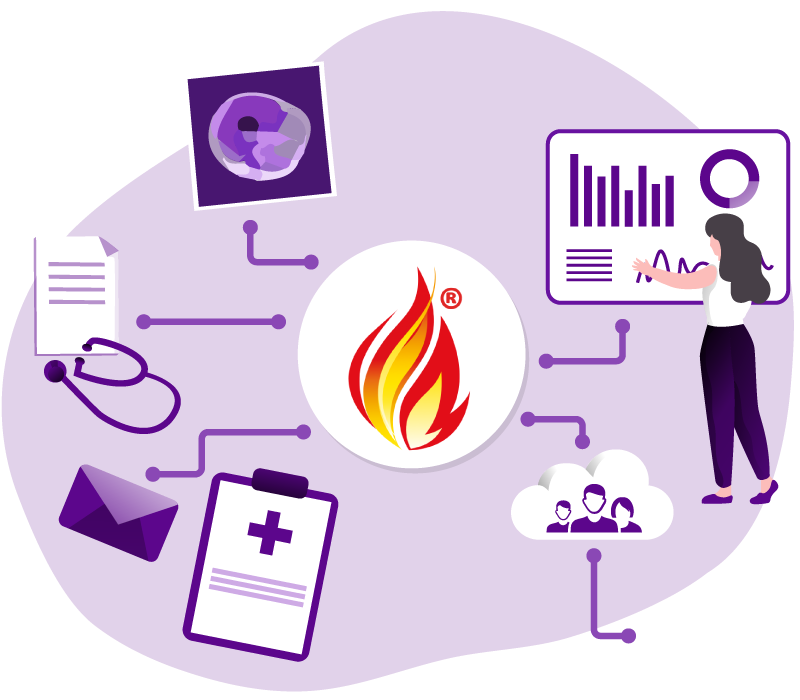Doctors are confronted daily with a large number of documents in the form of diagnostic letters, referrals and laboratory reports. These paper documents are often first scanned and cataloged in the patient’s file. However, although these documents are thus available digitally, they are usually neither processable nor searchable as simple scans. This makes the search for relevant information extremely time-consuming, error-prone and ineffective.
Optical text recognition (OCR) for digitizing and structuring paper documents
This problem can be solved by so-called OCR technology (Optical Character Recognition), which makes it possible to transform printed text into a digitally readable form. OCR technology extracts letters, words and numbers from image files (e.g. scans) and converts them into editable and searchable text. This not only makes it much easier to search for the relevant information, but also creates an intelligent, digital structure.
Furthermore, the transfer of this information into medical formats such as FHIR (Fast Healthcare Interoperability Resources) is considerably simplified, which also supports data analysis and processing.
Integration into electronic patient records and contextualization
Once the patient documents have been digitized, they are imported into the practice management system (PVS) or physician information system (AIS). As part of the electronic patient record, doctors can now retrieve specific information that is relevant to the patient’s current medical situation. For example, previous values and information relating to the current medical situation can be checked and included in a simplified manner. At the same time, cross-patient evaluations are also possible (e.g. with regard to the current infection situation) or participation in studies.
Digital signatures and more
Access management for optimum data protection and digital signatures are also relevant for digitally mapping the entire process in the practice. These are playing an increasingly important role in the security and authentication of medical documents and also offer an increase in efficiency, as they reduce the number of process steps and enable batch signatures and approvals, for example.
Conclusion: A step towards the future
Digitalization in the healthcare sector is an ongoing process that offers both opportunities and challenges. By using modern technologies such as OCR, doctors can not only work more efficiently, but also provide more accurate patient care. As a result, progressive digitalization leads to better healthcare for patients and relief for doctors in their hectic everyday lives.




